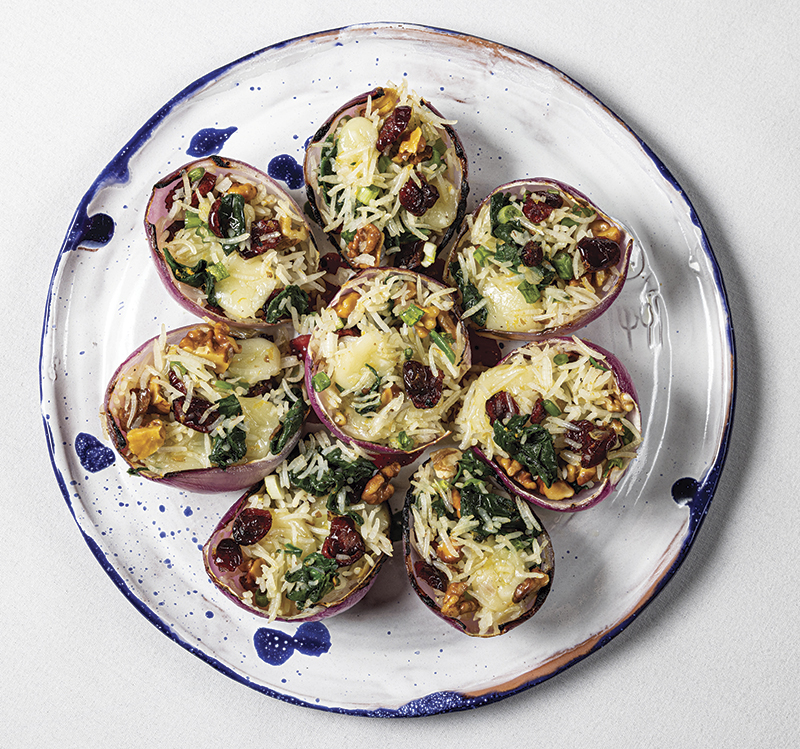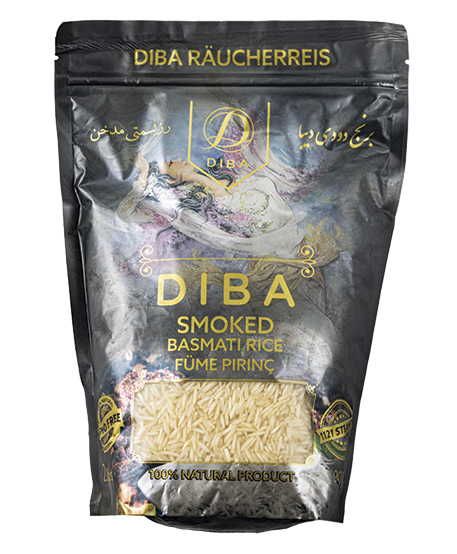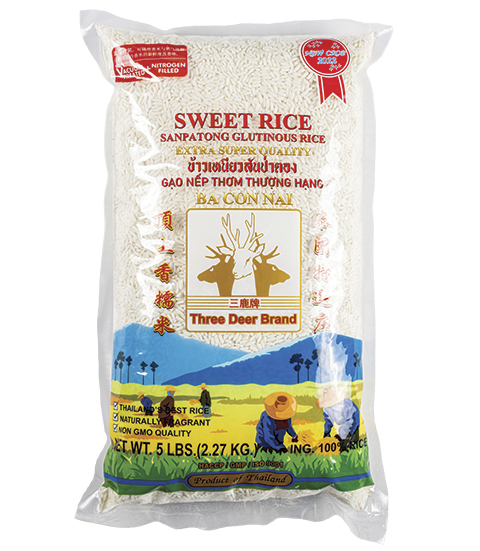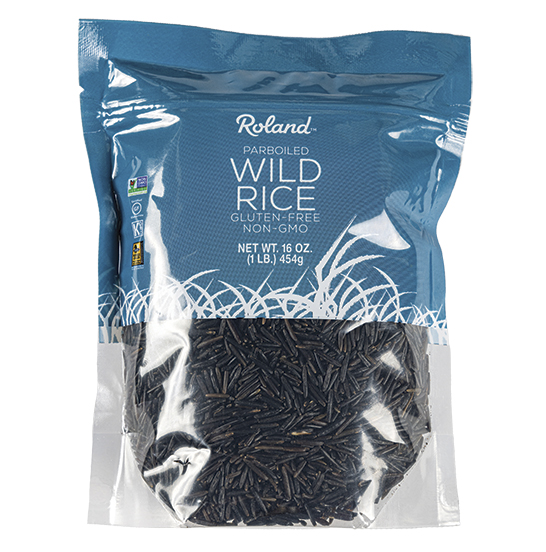
New year, new you? Too many—-or no—resolutions? How about a simple one—reduce food waste by being a little more creative and flexible in the kitchen. And one of the best ways to reduce waste (and save money) is to use up all the leftovers that collect in the fridge. I call it the refrigerator game, and one of my favorite techniques to use up odds and ends around the kitchen is to stuff vegetables, turning uneaten bits into fresh, new, and attractive fare.
As inspiration, leftovers provide a jumping off point for your next meal. In fact, I am at my most creative when I have parameters in which to work. My generally overstocked pantry (due in part to the In Your Pantry column I write every month) can present so many options that I am overwhelmed deciding what to cook—a luxury, I realize. But a glance in the fridge, taking note of what needs to be used so it doesn’t go to waste, or a glance at the pantry shelves to see what’s been sitting there for a little longer than it probably should, can usually nudge me in a direction I hadn’t previously considered.
It probably doesn’t need to be said, but spoiled and decaying foodstuffs can never be made into something delicious and wholesome. In fact, decaying food can become toxic, so if it looks bad, smells bad, or has a furry little coat or shimmers with unappealing colors, send it to the compost bin immediately. On the other hand, wilted lettuce, slightly shriveled produce or herbs, leftover toasted bread or rice (that hasn’t been time and temperature abused), these are foods that can have a second chance at useful life. The rice, leftover from testing for this month’s Pantry column, and a basket of red onions sitting near the stove and showing hints of new growth, provided the inspiration for the following recipe.
Smoky Rice-Stuffed Onions
There are many traditions for stuffing onions, each with its own rules, but for mine, you can use any type or size of onion, although I prefer to use sweet or red onions of medium to large size. Begin by cutting the two onions from top to root through the root, leaving the skin on the outside of the onion. Heat a grill, grill pan, or cast-iron skillet to high. Lightly oil the cut side of the onions, sprinkling generously with salt and pepper. Place them cut side down on the grill or skillet and leave untouched until they have dark, well-defined black grill marks or a sear from the skillet. This should take around ten minutes. Turn the onions over so that the rounded side cooks for an equal amount of time and the onions become more tender and their piquancy is tamed (there will be some scorching, but the outside skin will be discarded anyway). In a bowl, combine approximately 1 cup cooked rice (I used smoked rice—a new favorite variety with a subtle smoky perfume, see In Your Pantry), a small handful each of lightly toasted walnuts (or other type—pine nuts would be excellent) and of coarsely chopped dried cranberries (or barberries, or other dried fruit), the zest of an orange, 3 to 4 chopped green onions or chives, and approximately one cup of cooked spinach (or kale or whatever neglected greens you might have in the fridge). The addition of a mild melty cheese like fresh or low-moisture mozzarella would be a nice addition that would bind the stuffing, or you could take the dish in an entirely different and more savory direction with the addition of a protein like canned tuna, diced cooked chicken, or even bacon. Toss the mixture thoroughly and drizzle lightly with extra-virgin olive oil, adjusting the seasoning with salt and pepper as necessary. Separate the onion halves into individual layers (reserving the smallest interior layers for another use—perhaps as inspiration for your next meal!), fill each onion cup with some of the mixture, and place the filled onions in a baking dish. A few drops of lemon juice (or the juice from the zested orange) would add acidity and brighten up the flavors. Drizzle again with olive oil (if you haven’t resolved to lose weight this month) and put a few tablespoons of water in the bottom of the dish to prevent sticking or scorching. Place the dish in a 350F oven for 15 to 20 minutes or until the filling is heated through and the onions have begun to relax a bit. Serve the onions warm, perhaps with a mixed green salad for a light lunch or appetizer, or as a component of a larger meal—and they would be excellent on a buffet. I would suggest a wine to drink, but you’ve probably given that up this month as well.
Regardless, I hope you’ll take this recipe as an inspiration for your new year—not wasting food, especially good remnants—and let them be a springboard and idea to a new dish, and perhaps a new culinary you.
In Your Pantry
Remarkable Rice
There are thousands of varieties of rice grown around the globe and understanding the variations can be intimidating. Oryza Sativa (the genus and species of what we call rice) can be divided into two major subspecies, Japonica and Indica. Japonica tends to have short and fat grains with a high amylopectin content (a starch molecule which is water soluble) that gives it a sticky and creamy quality (think sushi rice or rice for risotto). Indica tends to have longer, thinner grains, more aromatic qualities and a drier, fluffier texture when cooked (think basmati or jasmine rice) due to its higher percentage of amylose starch (which is not soluble in water). That being said, there are numerous deviations from the general rules. Here are some unusual varieties to be on the lookout for the next time you go shopping.





